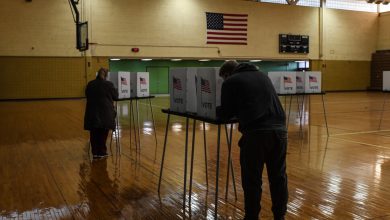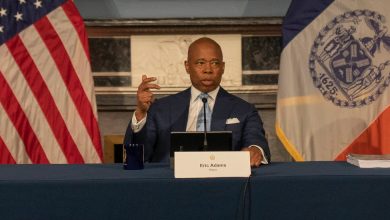The Israeli Censorship Regime Is Growing. That Needs to Stop.

When Russia invaded Ukraine in 2022, newsrooms across the world scrambled to send their reporters to the front lines. Journalists gave the international public firsthand experience of the conflict. Air raid sirens blared during live on-air reports. Reporters flinched at nearby explosions. They brought the world to the heart of the fighting: “20 Days in Mariupol,” a documentary that showcased an Associated Press report on the attack on the city, won an Oscar last month. That report, among other things, helped debunk Russian claims that the bombing of a maternity hospital, in which three people were killed, was “staged.”
No such international coverage has been possible a thousand miles away in Gaza, where war has claimed the lives of more than 33,000 Palestinians, according to local health officials, since the Oct. 7 Hamas attack on Israel that left some 1,200 Israelis dead, according to the government.
Though international media workers rushed to Israel (it has granted accreditation to at least 2,800 correspondents since the war started), none have been allowed into Gaza except on a handful of tightly controlled tours led by the Israeli military. As a result, for the past six months, the world has been almost entirely reliant on the reporting of local Palestinian journalists for on-site information about the impact of the war — along with mostly unverified social media posts that have flooded the information space since its start.
The refusal to allow international media to cover Gaza from the inside is just one element of a growing censorship regime that leaves a vacuum for propaganda, mis- and disinformation, and claims and counterclaims that are extraordinarily difficult to verify independently. A CNN report on the so-called Flour Massacre — the deadly aid delivery that the Gazan Health Ministry said killed 100 people and injured 700 — for example, cast doubt on Israel’s version of events. But it took more than a month to piece together that evidence from eyewitness testimonies and after scouring dozens of videos.
Outside media access would enable journalists to more rapidly verify Israel’s claims that Hamas is seizing or stopping food aid or that it has used hospitals to shield its fighters. It could also help the world better understand the nature of Hamas’s tunnel system, which Israel says extends under civilian infrastructure, and the level of support for its leadership.
Free access could enable us to better understand whether Israel has deliberately fired on children, which it denies, and the extent of the famine that aid agencies report is spreading through northern Gaza. It would shed light on the killings of at least 95 journalists and other media workers that my organization, the Committee to Protect Journalists, has documented since the start of the war — the most dangerous conflict for reporters and media workers since we began keeping records in 1992.



